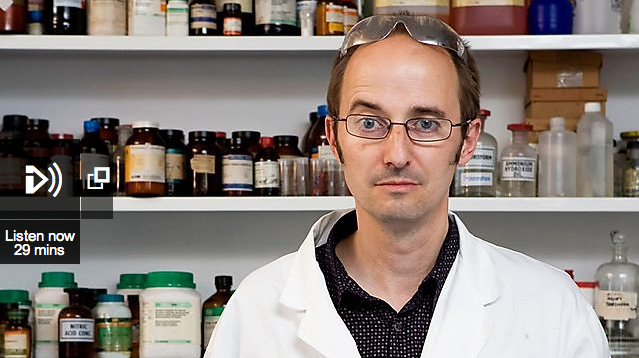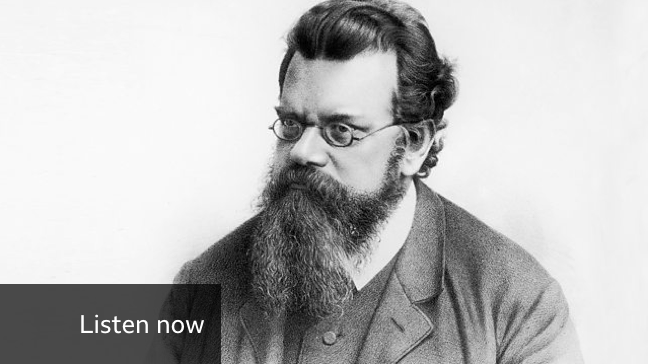Grade 11 Chemistry, University Preparation
This course enables students to deepen their understanding of chemistry through the study of the properties of chemicals and chemical bonds; chemical reactions and quantitative relationships in those reactions; solutions and solubility; and atmospheric chemistry and the behaviour of gases. Students will further develop their analytical skills and investigate.
I've never taught this course, but here is material I think would be useful.
Copyright on all materials on this site is retained by the authors. You are granted a limited license to reproduce these resources for classroom use, provided the copyright notices are not removed. Charging a fee for these resources, or distributing them in any way outside your classroom, is prohibited.
General Chemistry
Discovery: Fixing Nitrogen
Discovery is a BBC Radio 4 programme that explores today's most significant scientific discoveries and talks to the scientists behind them.
Today, 3.5 billion people are alive because of a single chemical process. The Haber-Bosch process takes nitrogen from the air and makes ammonia, from which synthetic fertilizers allow farmers to feed our massive population. Ammonia is a source of highly reactive nitrogen, suitable not just for fertilizer, but also as an ingredient in bomb making and thousands of other applications.
We make around 100 million tonnes of ammonia annually — and spread most of it on our fields. But this is a very inefficient way to use what amounts to 1-2% of the planet's energy needs. Only around 20% of fertilizer made ends up in our food.
Today, 3.5 billion people are alive because of a single chemical process. The Haber-Bosch process takes nitrogen from the air and makes ammonia, from which synthetic fertilizers allow farmers to feed our massive population. Ammonia is a source of highly reactive nitrogen, suitable not just for fertilizer, but also as an ingredient in bomb making and thousands of other applications.
We make around 100 million tonnes of ammonia annually — and spread most of it on our fields. But this is a very inefficient way to use what amounts to 1-2% of the planet's energy needs. Only around 20% of fertilizer made ends up in our food.
Matter, Chemical Trends, and Chemical Bonding
Chemical Reactions
Quantities in Chemical Reactions
Solutions and Solubility
Gases and Atmospheric Chemistry
In Our Time: Kinetic Theory
In Our Time is a wonderful series on BBC Radio 4.
Melvyn Bragg and guests discuss how scientists sought to understand the properties of gases and the relationship between pressure and volume, and what that search unlocked. Newton theorised that there were static particles in gases that pushed against each other all the harder when volume decreased, hence the increase in pressure. Those who argued that molecules moved, and hit each other, were discredited until James Maxwell and Ludwig Boltzmann used statistics to support this kinetic theory. Ideas about atoms developed in tandem with this, and it came as a surprise to scientists in C20th that the molecules underpinning the theory actually existed and were not simply thought experiments.
Melvyn Bragg and guests discuss how scientists sought to understand the properties of gases and the relationship between pressure and volume, and what that search unlocked. Newton theorised that there were static particles in gases that pushed against each other all the harder when volume decreased, hence the increase in pressure. Those who argued that molecules moved, and hit each other, were discredited until James Maxwell and Ludwig Boltzmann used statistics to support this kinetic theory. Ideas about atoms developed in tandem with this, and it came as a surprise to scientists in C20th that the molecules underpinning the theory actually existed and were not simply thought experiments.


Teaching Science